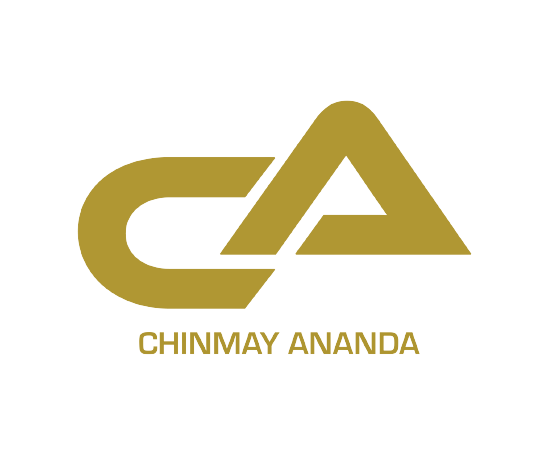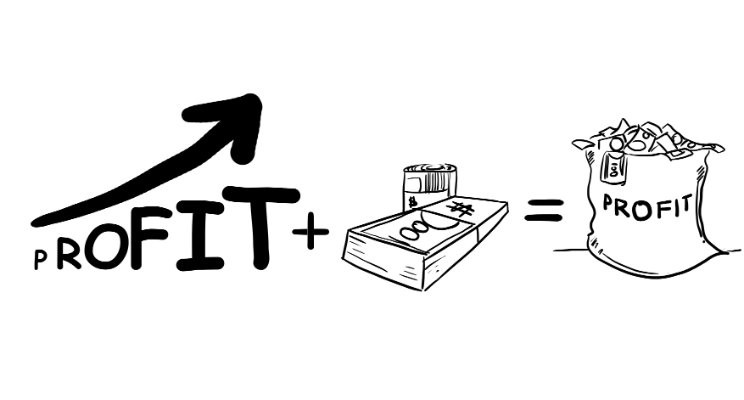What is Profit?
A general understanding is Profit = Income – Expenses.
If income is greater than expenses profit will be a positive number. If expenses are more than income it is a loss. However, accountants are very optimistic people. They do not use the word, loss. They call it negative profit.
Let us look at a simple example to find out whether the business has made a Profit or a Loss.
Following are the financial transactions of a new business during its first year of operation:
This business purchased equipment for $100,000. They have purchased raw materials for $40,000. Then they hired skilled employees to convert all the raw materials into finished goods using the equipment. So, for that they have paid salary of $10,000. They have sold all the finished goods for $80,000.
Has this business made Profit or Loss?
Note: for this example I have assumed that raw materials purchased for $40,000 were completely consumed. Nothing is left over. So it becomes an expense.
In my seminar I ask my participants to enter the financial transactions on a worksheet and then tell if this business has made profit or not?
Let me request you to do the same here. Quickly use the below format to enter the financial transactions and find out how much profit or loss this business has made.
Most of the participants present the following:
When you enter all the above financial transactions in a Profit & Loss Statement and Balance Sheet, it seems this business has made a profit of $30,000. But let me remind you of certain things:
· Profit is not merely Money Coming in or Going out.
· In Accounting, Expense and Expenditure are two different things.
Let me explain and make it simple,
· When Money is spent either it becomes an Expense or creates an Asset.
· Expenditure has a broader scope than Expense. It encompasses both Expense and Assets.
Let me go back to the example.
The business purchased equipment for $100,000.
Then it purchased raw materials for $40,000.
All the raw materials were converted into finished goods by hiring employees. The employees were paid salaries worth $10,000.
Finally, the finished goods were sold for $80,000.
Now let me introduce a term called Depreciation. Depreciation is the consumed portion of Expenditure, which appears as an Expense.
Just ignore this definition as of now simply because it is filled with jargon. I will explain it in simple words.
Let us try to answer this question. Did the business buy the equipment to use it once or will they be using it more than once?
In all likelihood, they will be using it more than once. The important question is how many times can they use the equipment?
It is like asking – How many times can a new car be used? You might say it depends on:
· Who the manufacturer is?
· Who is driving the car?
· Who is servicing the car?
· And how well is it maintained?
Same applies even to the Equipment’s / Machine’s in any business. So it is very difficult to come with an exact number. However, an estimate will be done and every year the tax department will come up with depreciation value for all the assets.
You do not have to break your head to know all the depreciation value of your assets. It is the job of accountants to keep themselves updated with the depreciation values and they should enter that value when preparing financial statements.
Let us assume that the equipment was purchased to be used ten times. The business has already used it once. So it can be used for nine more times. In other words, the business has consumed one-tenth of that equipment. This consumed part is called Depreciation and appears as an Expense on Profit & Loss Statement.
Depreciation is the consumed portion of Expenditure, which appears as an Expense. It is a Non-Cash Operating Expense.
Equipment that was worth $100,000 has been used once. This means business has consumed one-tenth ($10,000) of it. That would be the depreciation value. So now the equipment is worth only $90,000.
The same depreciation value ($10,000) appears as an Expense on Profit & Loss Statement.
Initially, the Profit figure was $30,000, but after taking into account Depreciation it is $20,000. Now let us look at the bank balance of this business.
What is the Bank balance?
The money that came-in to business through sales was $80,000. The money that went out to purchase equipment was $100,000 and to purchase raw materials was $40,000. The salary paid to employees was $10,000. Money in the bank is (-) $70,000. A negative figure!
But a profit of $20,000 was made!
Where is the Money?
Show me the money!!!
Never confuse Money with Profit.
Profit does not mean business has made money.
- It is certainly possible for a business to make a huge profit and have no money.
- It is equally possible that it is flushed with funds but might be suffering losses.
It is almost impossible for a business to make a profit of $1 million and also have a bank balance of $1 million at the same time. But it is possible for a business to make a profit of $1 million and have a negative bank balance of $500,000. So profit does not mean money.
Question: Are we in business to make profit or money? Some of you might say profit, some of you might say money, and other smart ones may say both. Well, the prime objective of running a business is to generate profit. But as we just came to know that profit does not mean money. So, one-half of the battle is won by generating profit, and the other half will be won by generating money.
Equal importance has to be given to generate profit and at the same time to have sufficient money. This is to ensure that business does not get into any financial crunches.
If you would like to learn simple way to calculate Break-Even Point then click on this link to watch our recent SMART Finance Masterclass Webinar Series.
Yours Non-accountant,
Chinmay Ananda
PS: Click this link to get your free* copy of #1 Amazon’s Best Seller Book – FUNdamentals of Financial Statements
(*Just pay $6.95 towards shipping & handling)

